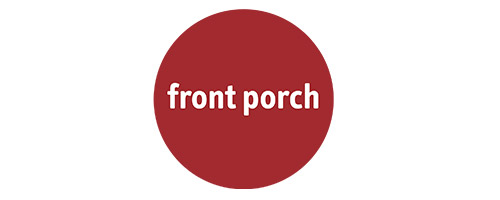[GO WITH IT] Flow state boosts employee engagement, productivity
Organizations can increase employee engagement and productivity by helping employees achieve flow state, according to a recent report from HR firm McLean & Company, Toronto, Canada.
Amid an unpredictable labor and economic landscape, organizations are faced with difficult decisions regarding labor cuts while simultaneously struggling to fill roles across a variety of industries, the report says. The current situation means the employees they do have need to be engaged, present, and high performing.
One way to achieve this level of productivity and engagement is by enabling "flow state" for employees. However, McLean & Company cautions that an organization cannot fabricate a flow state out of components. Instead, it needs to establish a pattern of behaviors and work triggers that can influence and stimulate individuals and teams to experience a flow state.
Flow State: A Gateway to Engagement, Performance, and Productivity was designed to assist HR and organizational leaders in their efforts to create a flow-conducive workplace environment.
Flow state is the mental state of being fully immersed in an activity, where everything else beyond the immediate task seems to disappear. Three categories of triggers – psychological, environmental, and social – impact the four phases of flow and can ultimately lead to improved employee outcomes, such as engagement and productivity.
According to the research, these triggers can guide employees into the four-phase flow state cycle:
- Psychological triggers – These triggers are internal and help an individual draw their attention to the present moment and prolong their focus on the current task. Some examples of psychological triggers include intensely focused attention, clear goals, timely feedback, and a balance between the challenge at hand and the skills possessed by the individual.
- Environmental triggers – These triggers are external and include physical surroundings. They can be manipulated to increase the probability of employees entering a flow state and prolong the amount of time spent in this state. Environmental trigger examples include high consequences, rich environments, and deep embodiment.
- Social triggers – These triggers are especially important in a group setting when multiple individuals are trying to get into a flow state as a team. Social triggers can enhance team harmony and cohesiveness and include complete concentration, clear and shared goals, open communication, familiarity, equal participation and skill level, sense of control, and active listening.
When activated correctly, the above triggers can enable the four-phase flow state cycle, consisting of struggle, release, flow, recovery, according to the research. These phases and how to achieve them are explored in detail in the report.
To download the full report, click here
Do you have news to share?
The ICAA welcomes your news submissions. Please send your press releases to colinmilner@icaa.cc-the ICAA's email for submissions-and staff will consider your news for possible publication. Newsworthy topics include such things as center/community openings; initiative or campaign launches; announcements of awards, promotions or grants; and other topics of interest to active-aging professionals.
Share






























